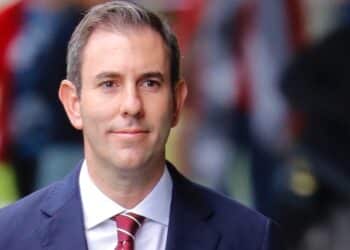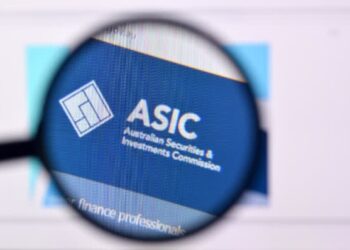On Tuesday, the Reserve Bank of Australia (RBA) announced its decision to raise interest rates by 50 basis points (bps) to 1.85 per cent.
With inflation sitting at a post-GST high of 6.1 per cent and unemployment at a near 50-year low of 3.5 per cent, the RBA has now hiked rates for four months in a row.
RBA governor Philip Lowe said that the increase was a further step in the normalisation of monetary conditions in Australia.
“The increase in interest rates over recent months has been required to bring inflation back to target and to create a more sustainable balance of demand and supply in the Australian economy,” he said.
“The board expects to take further steps in the process of normalising monetary conditions over the months ahead, but it is not on a pre-set path. The size and timing of future interest rate increases will be guided by the incoming data and the board’s assessment of the outlook for inflation and the labour market.”
Economists, including those at the big four banks, had widely expected a hike of 50 bps would be handed down at the central bank’s August meeting, while some flagged a lift of 65 bps or 75 bps as being a small but unlikely risk.
In the lead up to the latest decision, Commonwealth Bank head of Australian economics Gareth Aird argued that the case to move the cash rate by more than 50 bps was weak.
“The Q2 22 inflation data did not surprise to the upside. And whilst the annual rate increased, the quarterly pulse of inflation did not accelerate,” he said.
“In addition, the RBA Board meet more frequently than most other central banks, which reduces the need to deliver such a large hike at any given monthly meeting.”
Last week, Treasurer Jim Chalmers released updated economic forecasts which suggested inflation would peak at 7.75 per cent during the December quarter.
“While this is clearly of concern, the RBA will no doubt be focused on trying to break out supply side inflation, versus the demand side, and tailoring their monetary policy response as close as possible to this,” commented CreditorWatch chief economist Anneke Thompson.
The central bank is set to release its own revised forecasts later this week as part of its quarterly statement on monetary policy.
Earlier, Dr Lowe warned that inflation would likely climb above 7 per cent by the end of this year, up from a previously predicted peak of 5.9 per cent.
He confirmed on Tuesday that the RBA now expects CPI inflation to be around 7.75 per cent over 2022, a little above 4 per cent over 2023 and around 3 per cent over 2024.
New dwellings and automotive fuel were the biggest contributors to headline inflation in the June quarter, which remained above the RBA’s target band of 2 to 3 per cent.
The Australian Bureau of Statistics (ABS) said that supply chain disruptions due to flooding events, labour shortages and rising freight costs had contributed to the higher prices.
“It’s important to note that whilst Australia’s inflation number is double the upper range of the RBA’s target, it is far below that of other western nations, suggesting that the RBA caught the cycle earlier than central banks in other countries,” Ms Thompson said.
“While it’s highly likely that the cash rate will rise further, this assumes that supply-side issues can begin to resolve themselves. Unfortunately, luck and other factors outside the control of the RBA will tell the story there.”
The Treasurer recently released the terms of reference for a “wide-ranging” review of the RBA that will scrutinise its objectives, policies, governance and culture.
In response to the criticism that Dr Lowe had allegedly misled borrowers about future rate hikes, Dr Chalmers told reporters on Tuesday that his focus was not on the RBA governor.
“My responsibility is to make the Reserve Bank’s job as easy as possible. That means not splashing cash around unnecessarily. It means dealing with the supply side issues in the economy where we can so that we make the job of the Reserve Bank easier, not harder,” he said.
“I’ve got a Reserve Bank review for a reason. I want our central bank to be the best in the world to have the best set of institutional arrangements. That’s not about taking potshots at anyone. It’s about making sure going forward that we’ve got the best monetary policy setting in the world.”



